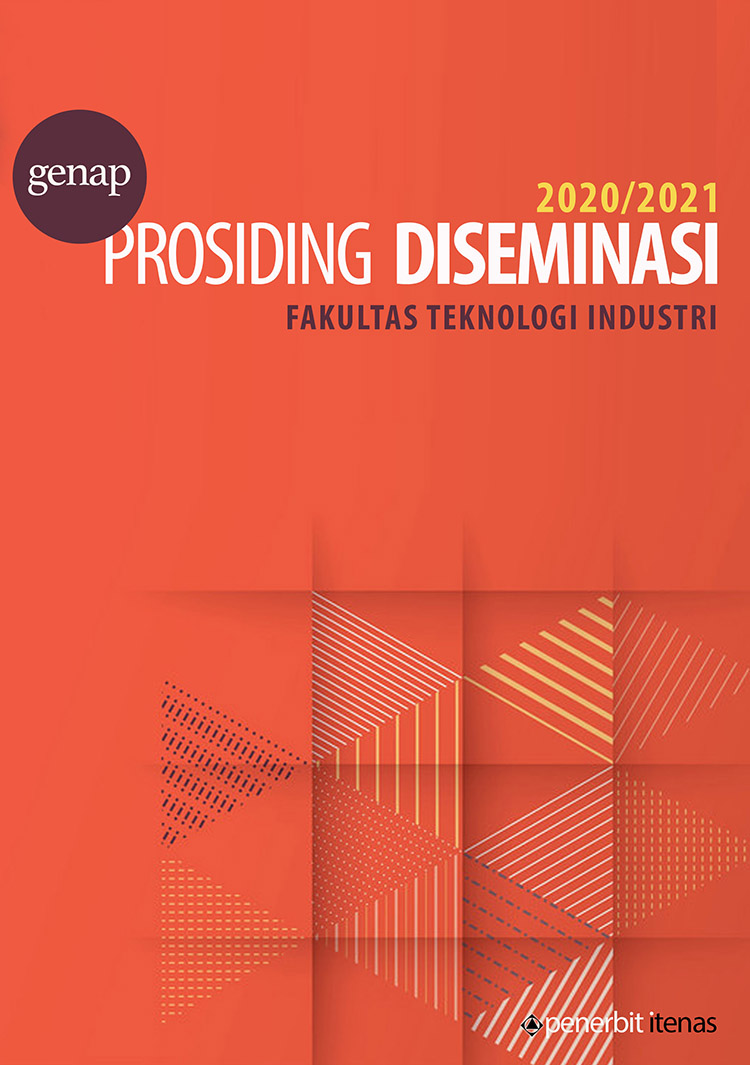PENGARUH BESAR ARUS PENGELASAN SMAW PADA PENGELASAN BAJA TAHAN KARAT AUSTENITIK TERHADAP KEKUATAN TARIK & KEKERASAN
Kata Kunci:
Stainless Steel AISI 304L, pengelasan Shielded Metal Arc Welding (SMAW), uji Tarik, uji keras.Abstrak
Proses pengelasan pada Stainless Steel akan mengakibatkan terjadinya perubahan struktur metalurgi maupun tegangan termal. Selain itu besar panas dari arus yang digunakan dalam proses pengelasan Stainless Steel akan berpengaruh terhadap karakteristik mekanik terutama kekuatan dan kekerasan pada daerah pengelasan dan HAZ, hal ini di sebabkan oleh perubahan metalurgi pada daerah HAZ. Harga kekuatan dan kekerasan ini akan menjadi parameter dalam memilih besar arus yang di gunakan. Karena semakin tinggi arus akan akan berpengaruh juga terhadap fasa fasa yang terbentuk pada baja tahan karat, namun semakin semakin
rendah arus akan menyebabkan inkomplit penetrasi pada daerah fusion line. Pada penelitian ini pengelasan material Plat Stainless Steel tipe 304L dengan ketebalan 3mm menggunakan metode SMAW dengan variasi besar arus yaitu 75A, 90A, dan 110A dengan tegangan 20V, kemudian dilakukan uji Tarik dan uji keras. Berdasarkan hasil penelitian didapat nilai kekuatan tarik yang tinggi dan cacat yang rendah yaitu pada pengelasan SMAW dengan variasi Arus 110 A sebesar 496 Mpa dengan rata-rata kekerasan sebesar 198,3 HV yang terletak pada daerah HAZ.
ABSTRAK
The welding process on Stainless Steel will result in changes in the metallurgical structure and thermal stress. In addition, the amount of heat from the current used in the Stainless Steel welding process will affect the mechanical characteristics, especially the strength and hardness in the welding area and HAZ, this is caused by metallurgical changes in the HAZ area. The value of this strength
and hardness will be a parameter in choosing the amount of current to be used. Because the higher the current will also affect the phases formed on the stainless steel, but the lower the current will cause incomplete penetration in the fusion line area. In this study, the welding of stainless steel plate type 304L with a thickness of 3mm uses the SMAW method with large variations of current, namely 75A, 90A, and 110A with a voltage of 20V, then tensile test and hard test are carried out. Based on the results of the study, it was found that the value of high tensile strength and low defects was in SMAW welding with a current variation of 110 A of 496 Mpa with an average hardness of 198.3 HV which was located in the HAZ area.





